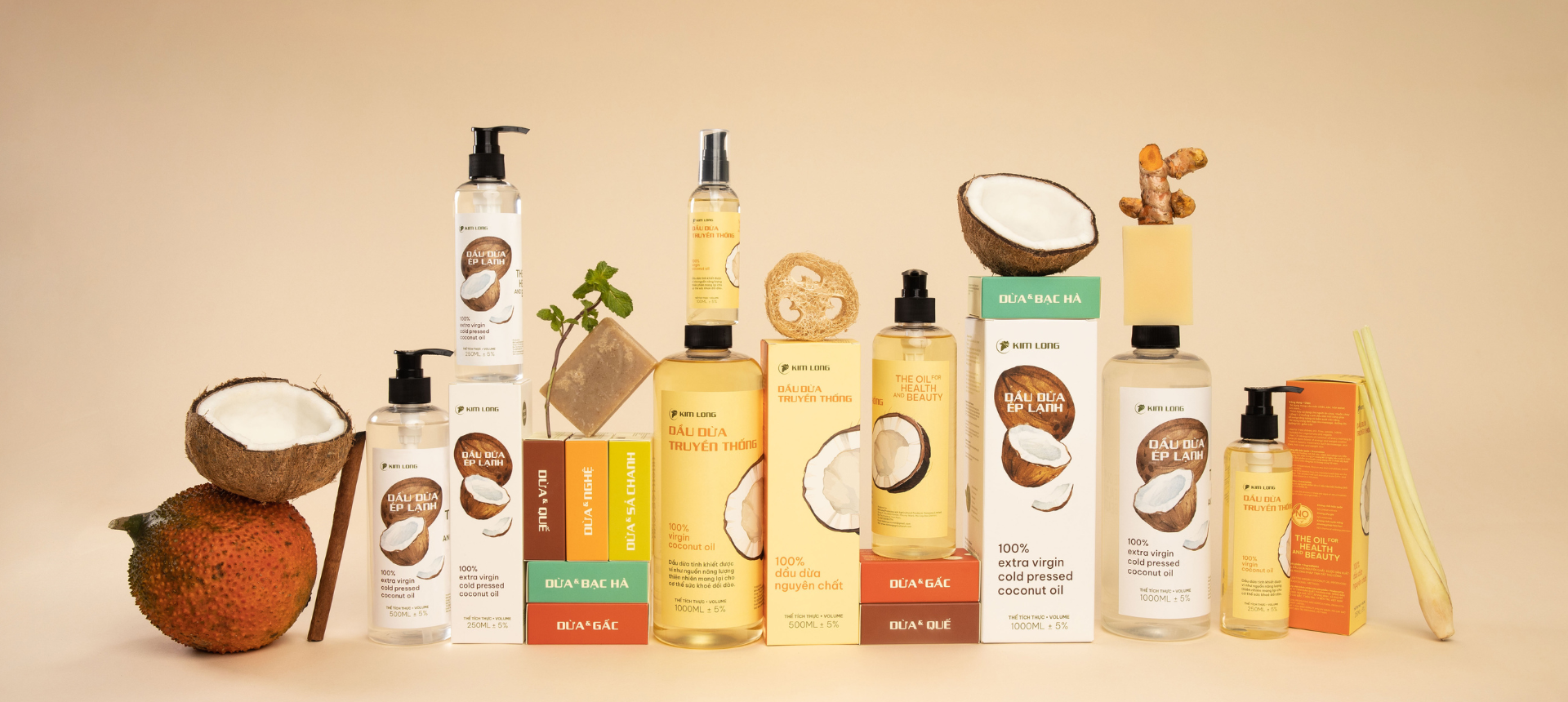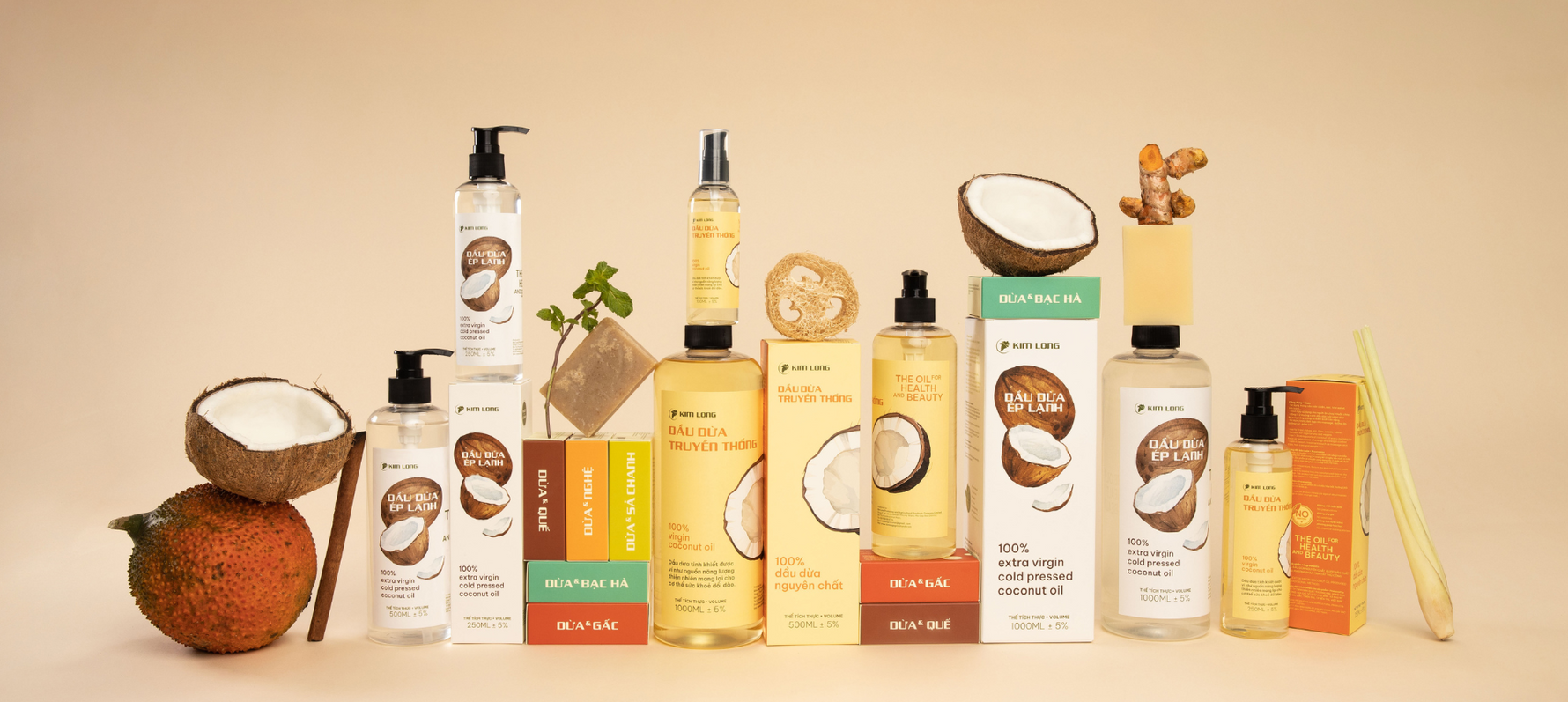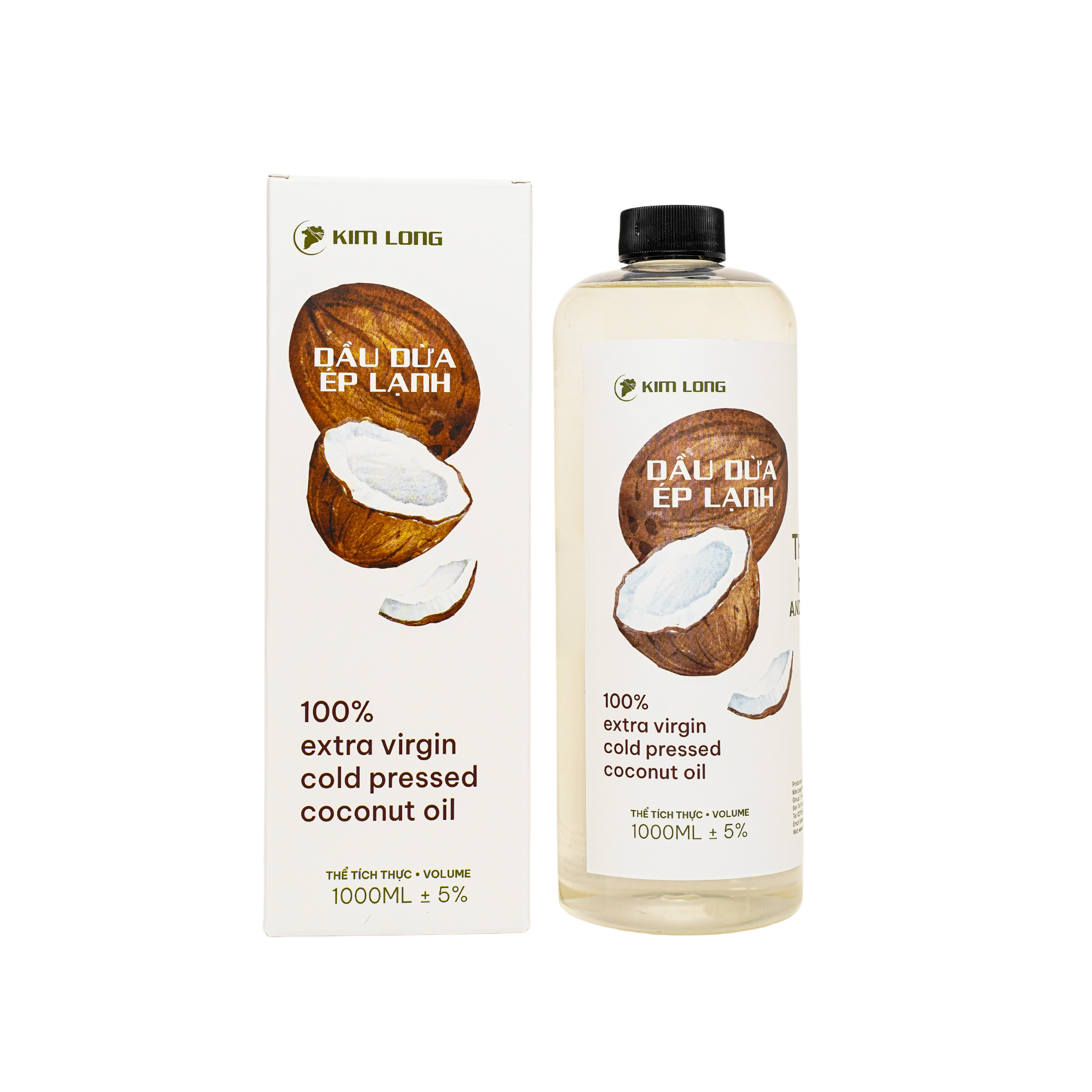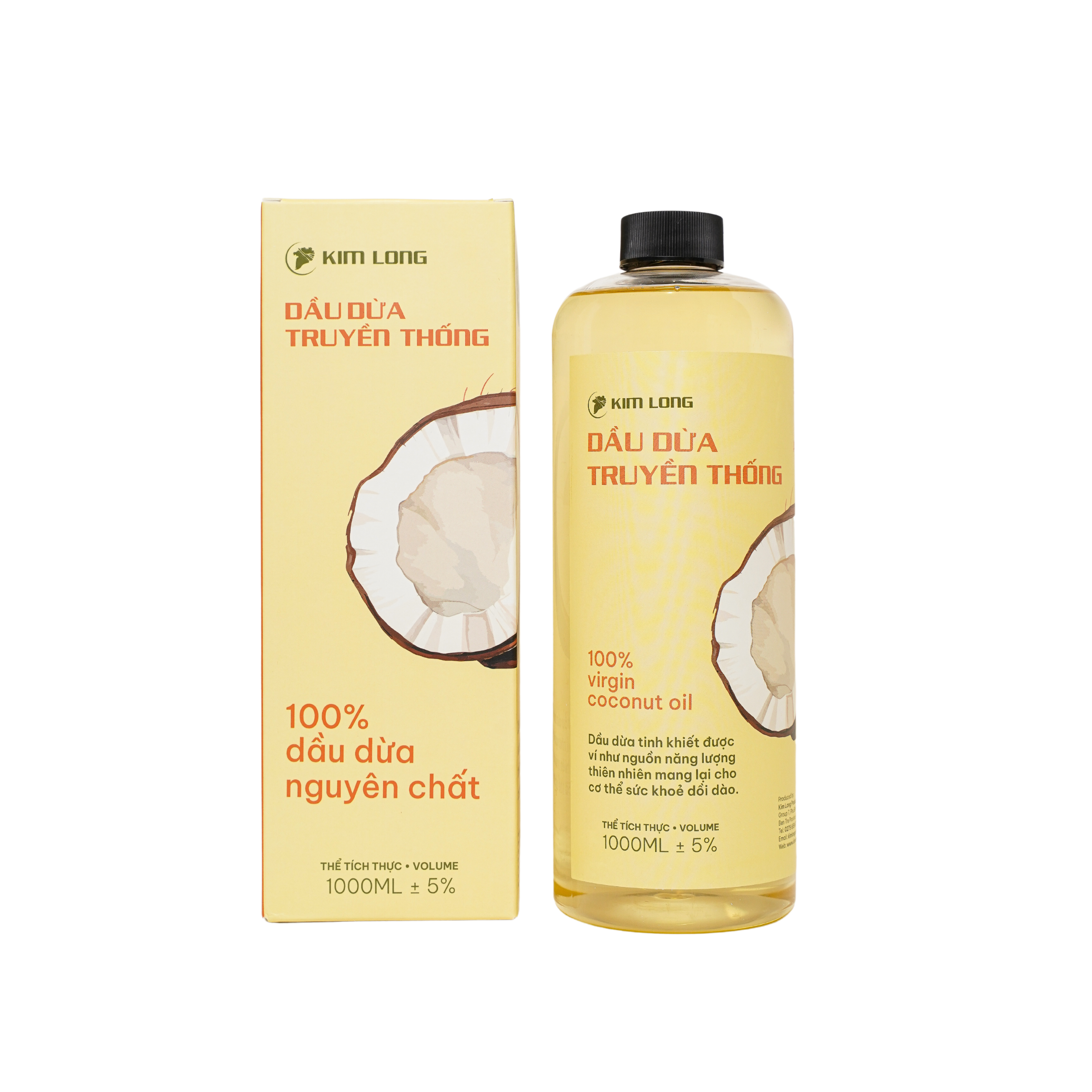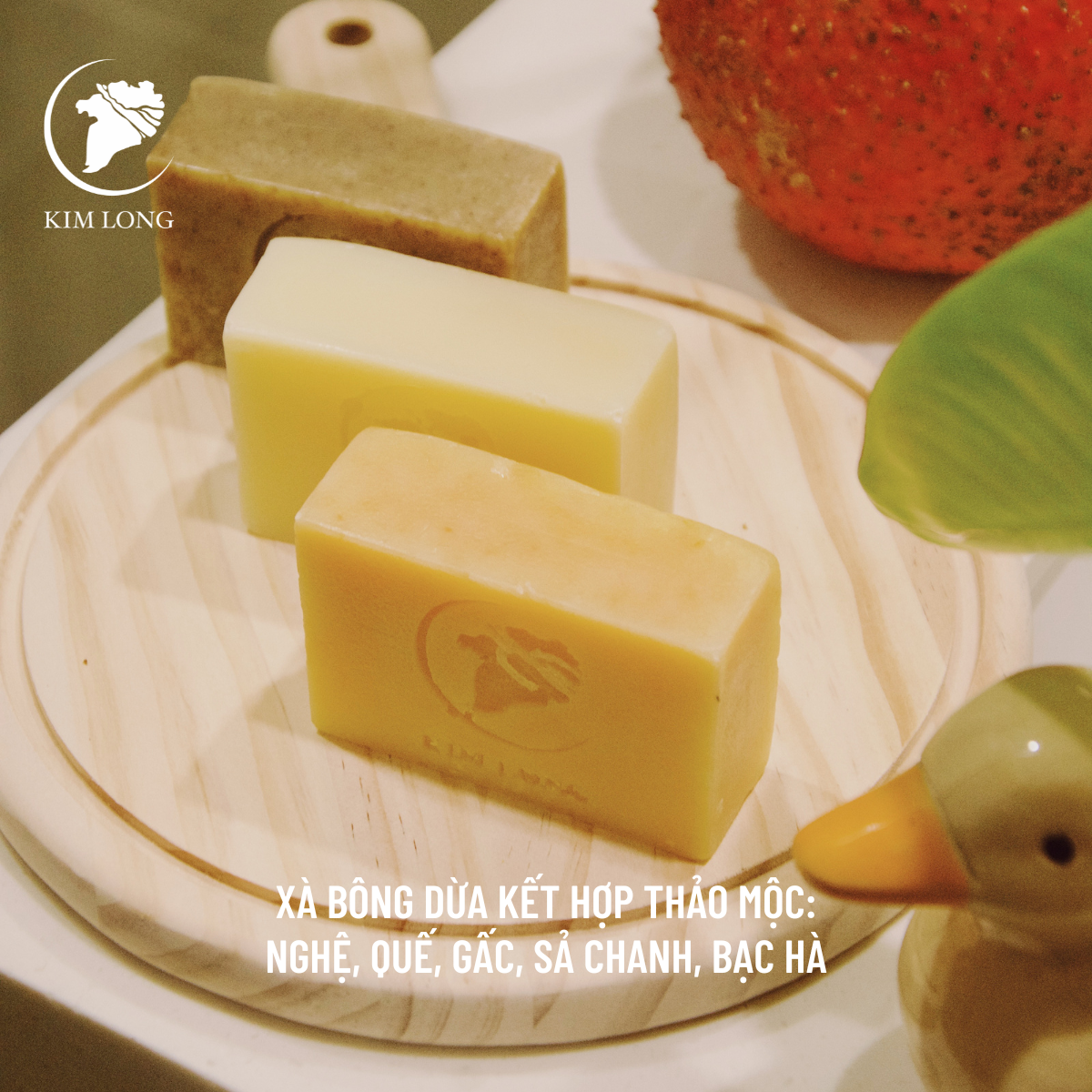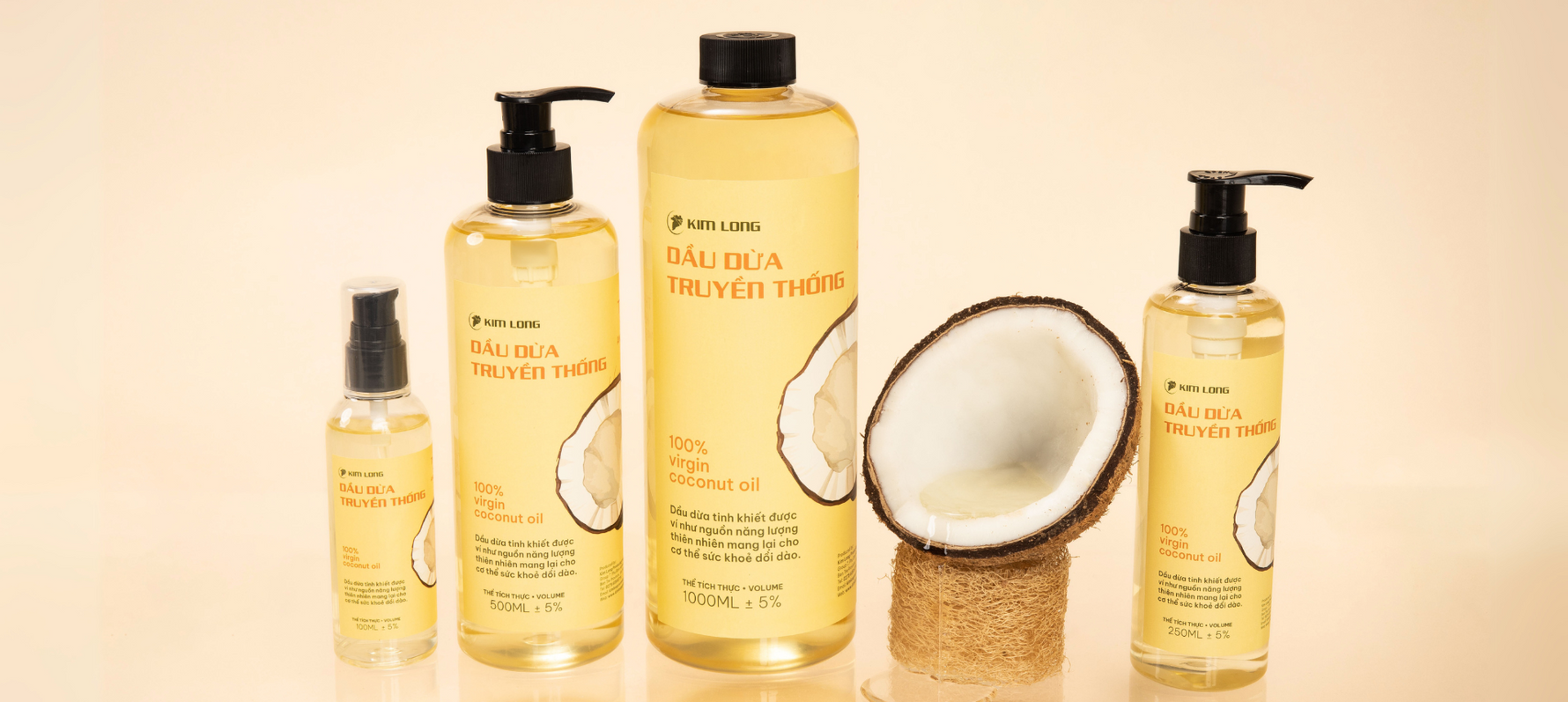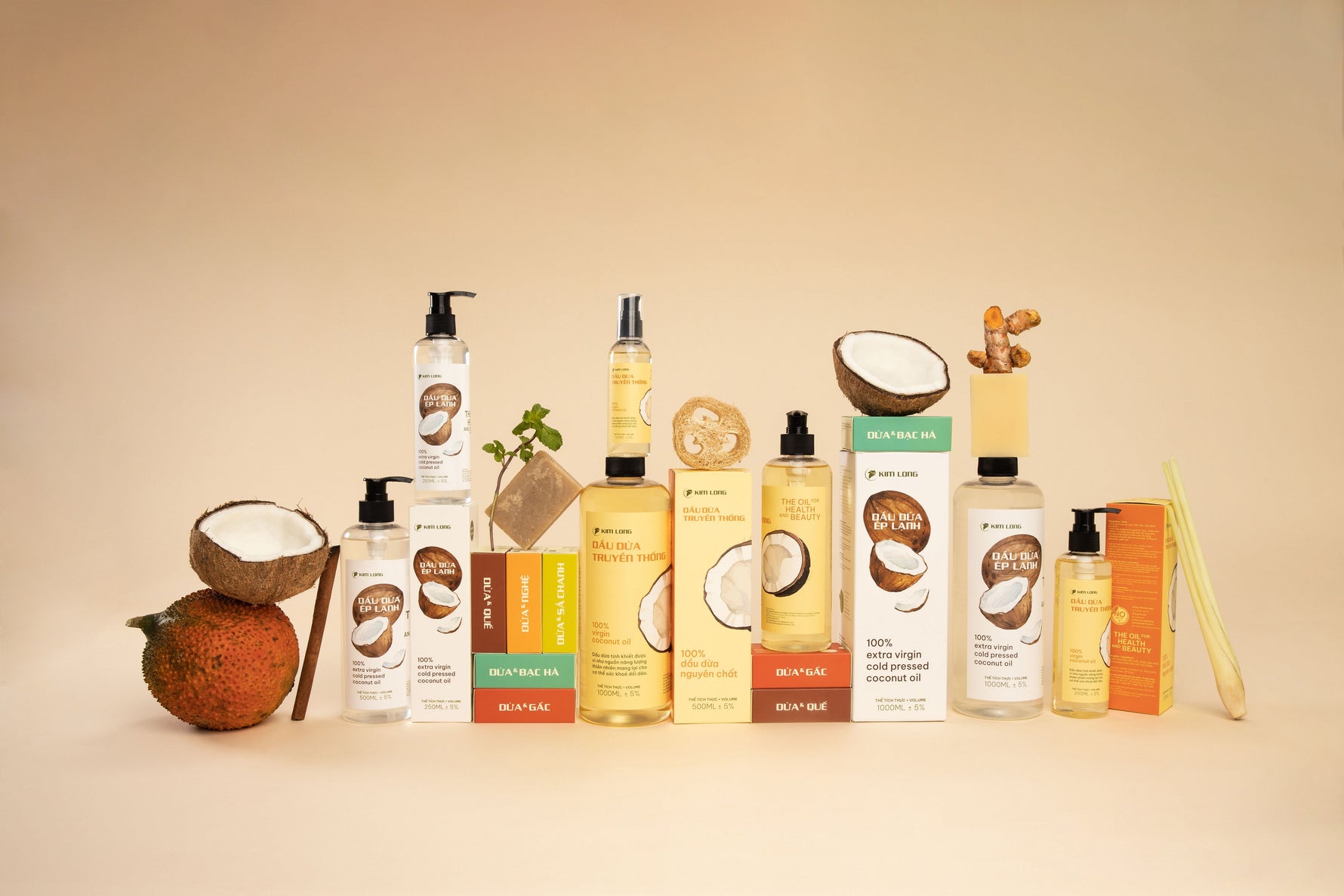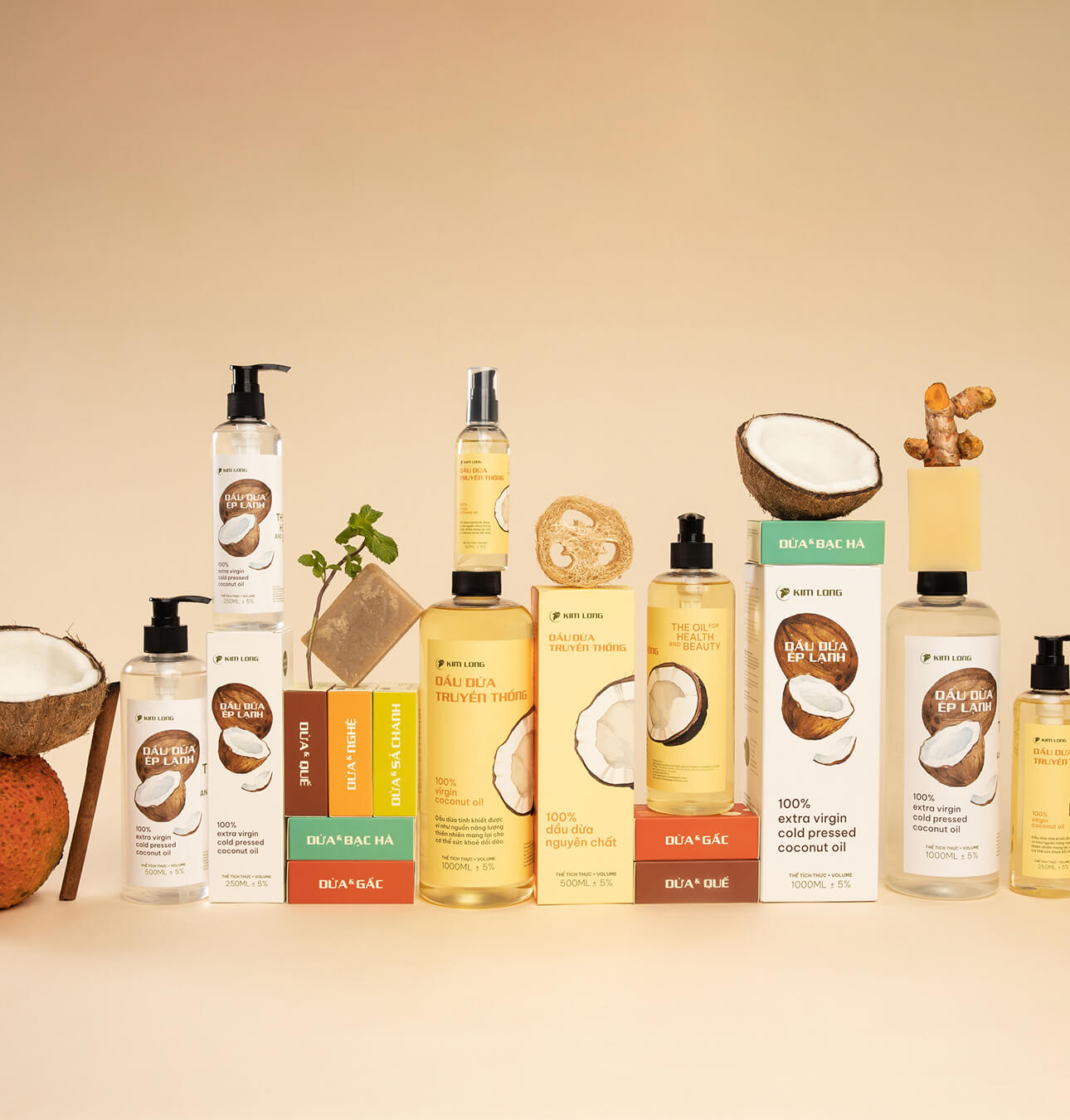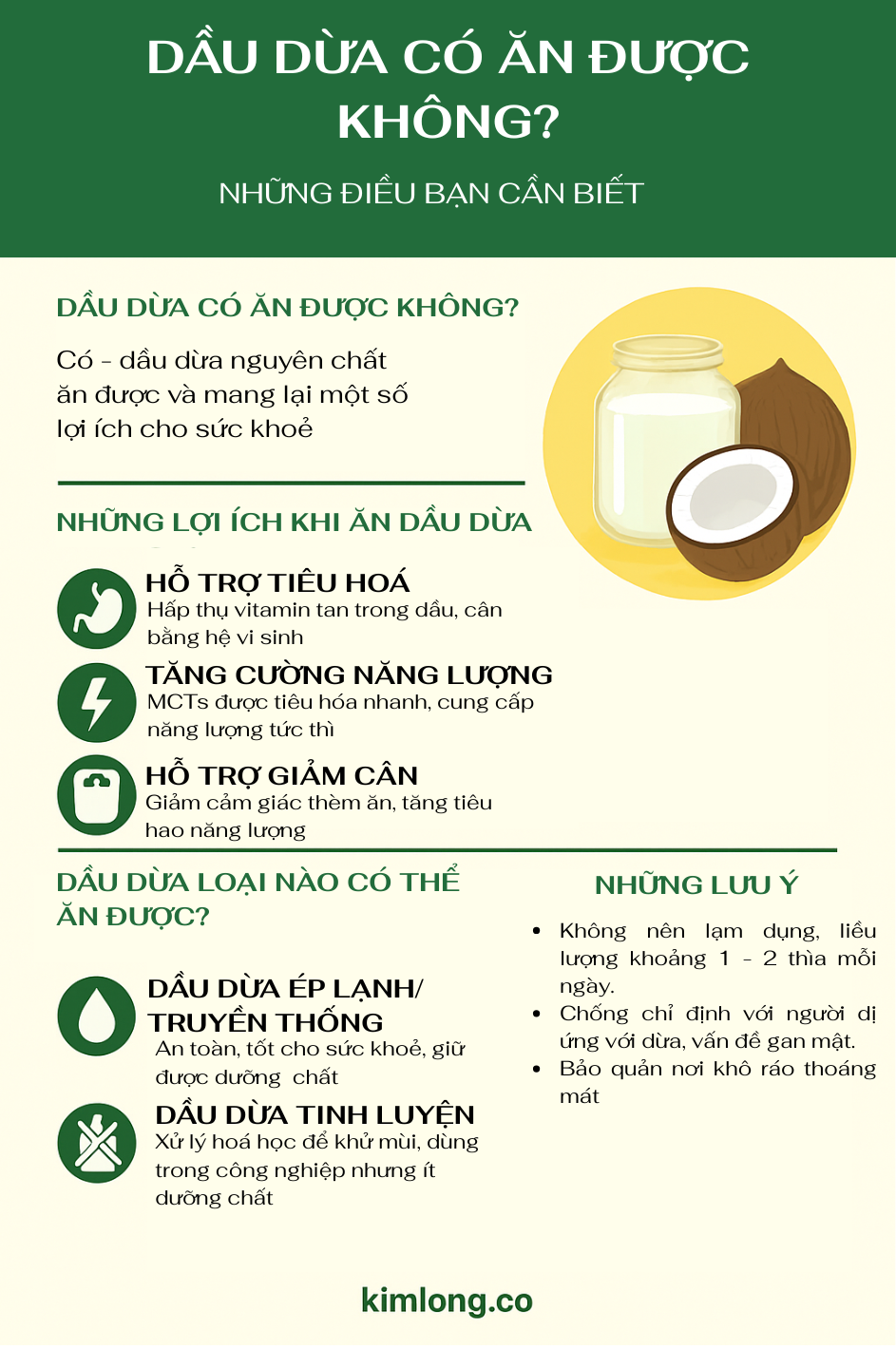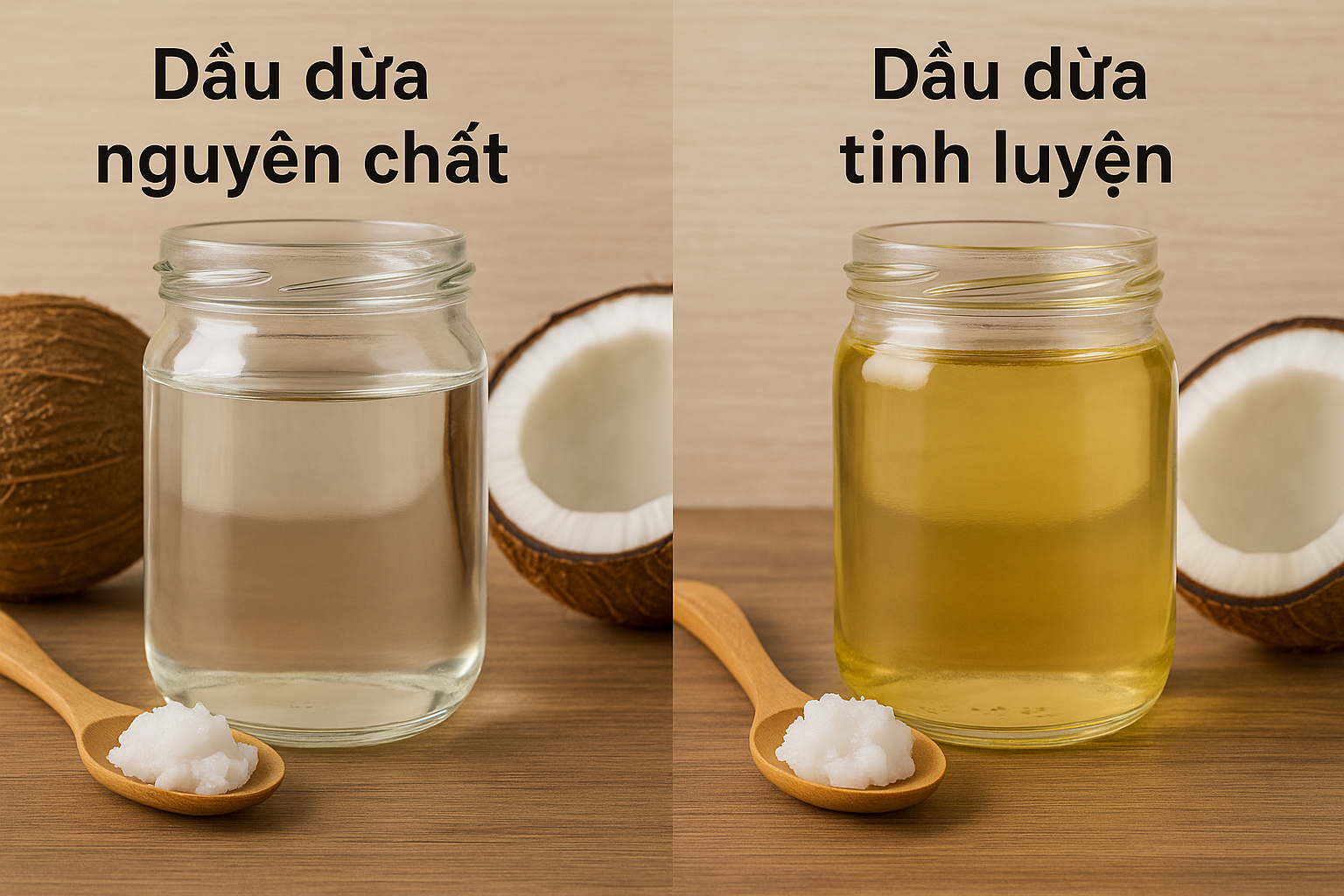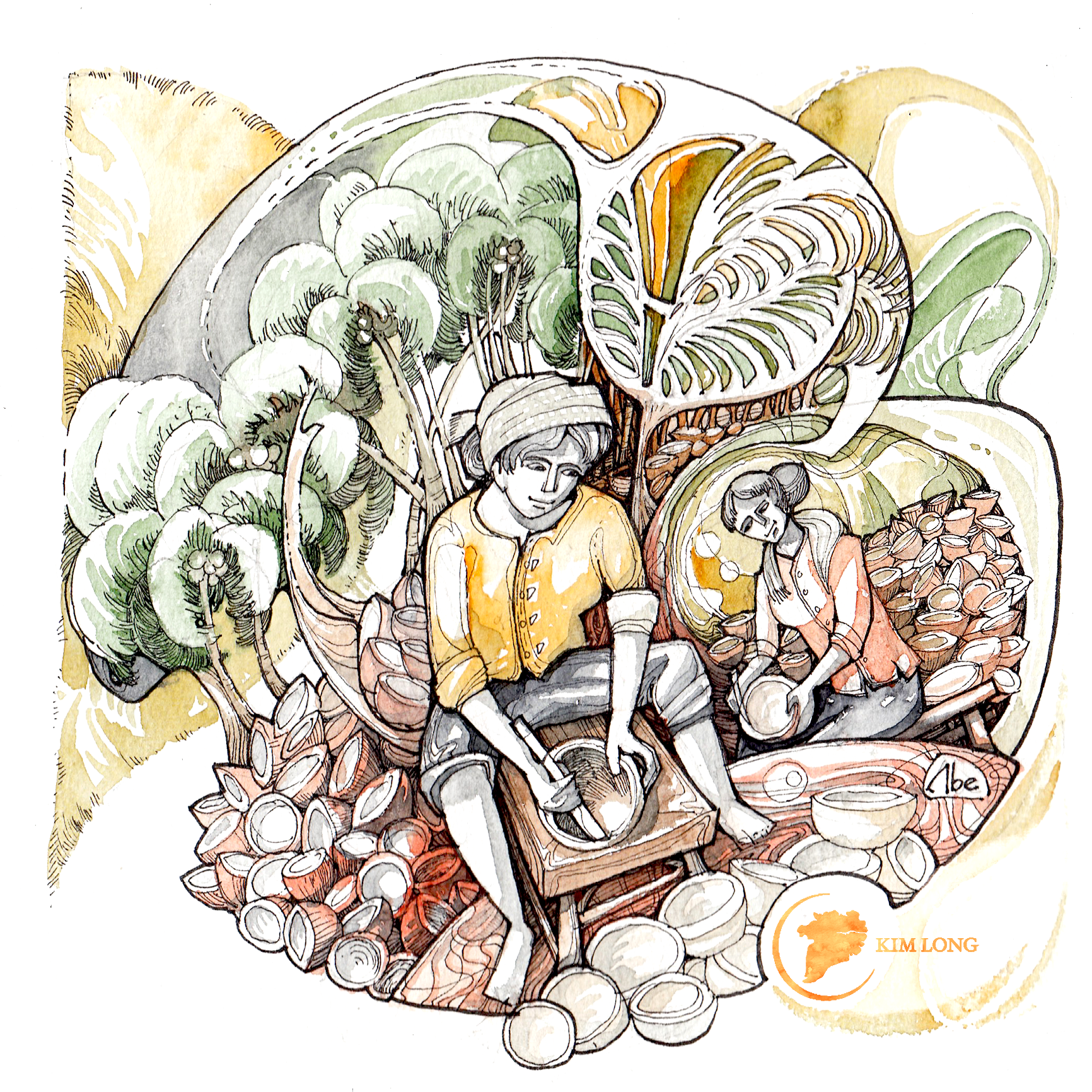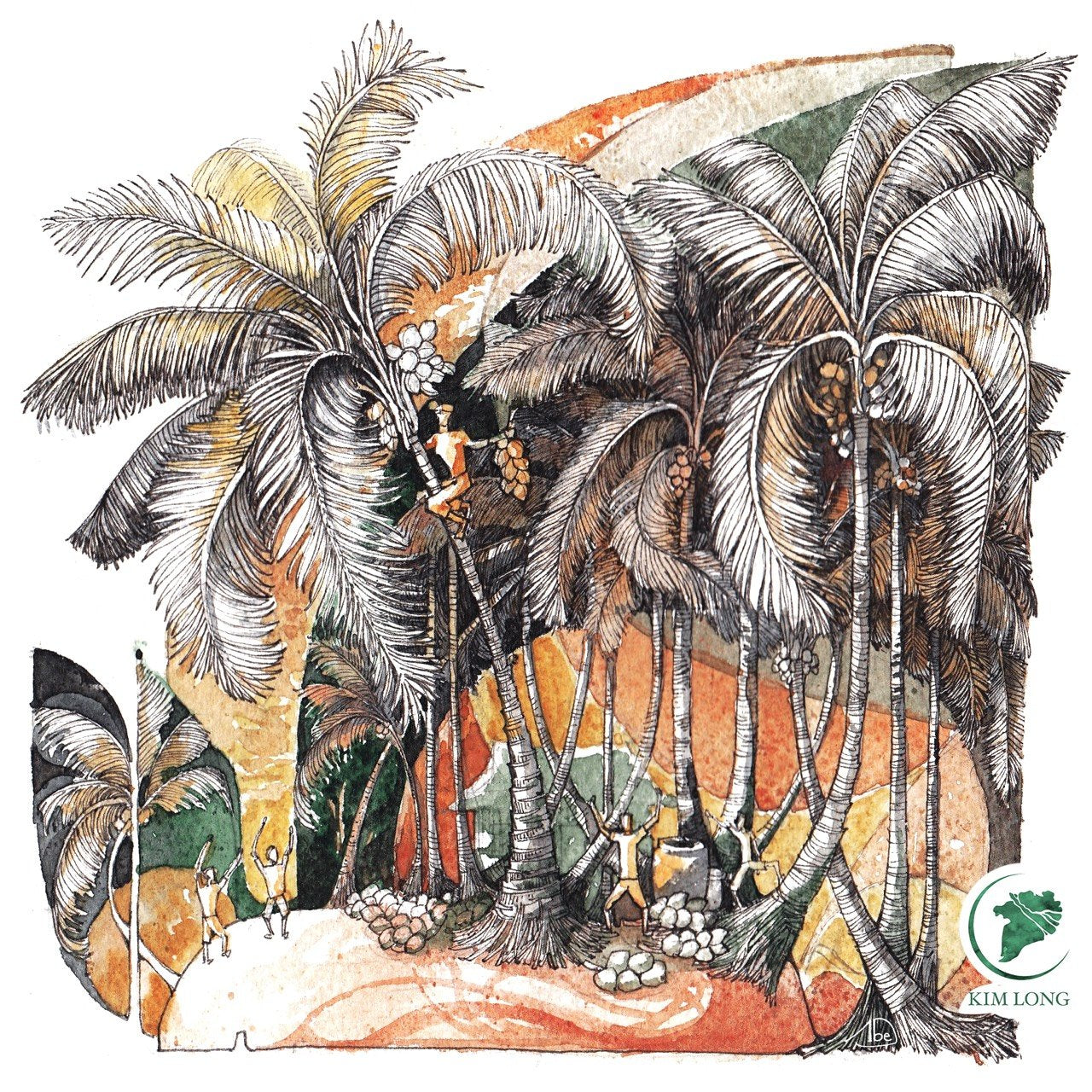
Choosing Coconut Varieties: From Sustainable Roots to Pure Nutrients
Coconut is considered a perennial plant, can grow for a long time from 50 - 60 years, living in brackish water areas. For a long time, coconut trees have always brought the main income for many households, bringing joy to people in economic and social development.
Nowadays, agriculture is increasingly developing, access to technology and science is increasingly improved, however, the majority of farmers still grow coconuts in the traditional way, wasting natural resources, so productivity is not high and not effective.
To improve the efficiency of growing coconuts to achieve standard sweet quality, farmers need to strictly follow the cultivation process from seed selection, garden design, care and fertilization and take advantage of the effective business period.
1. Choose coconut varieties
Through actual surveys in many key coconut growing areas, every year our country is 4% saline, 3-4 months of salinity intrusion , but many coconut varieties grow very well, with high productivity, most of them are suitable for living in brackish water. Therefore, when choosing varieties, we should pay attention to the purpose of harvesting and economics to choose, mainly distinguishing between 2 groups of tall and dwarf coconut varieties:
+ Tall coconut varieties: Vietnamese coconut, bung coconut, strawberry coconut,..
+ Dwarf coconut varieties: Siamese coconut (green, red, green, nipple); slender coconut (green, yellow), Malay coconut, Tam Quan coconut, pineapple coconut (small fruit type),...
In addition, scientists have recently proposed adding a hybrid coconut variety . This is the result of crossbreeding between two varieties of tall coconut and dwarf coconut, so it has intermediate characteristics of the two groups of varieties mentioned above with outstanding advantages: early flowering, high yield, high oil content and the ability to adapt to some unfavorable environmental conditions.
2. How to choose breed
When selecting mother trees, it is necessary to pay attention to the indicators related to the factors that make up the yield. After surveying, mother trees are marked and monitored for 3 consecutive years to select trees with stable high yield. Specifically, the selection of mother trees can be based on the following characteristics:
– Tree age from 10 – 40 years;
– Evenly distributed foliage, tight leaf scars;
– Strong growing tree, straight trunk;
– Do not choose plants grown in special conditions: near barns, near toilets;
– There are many stalls on the canopy;
3. Coconut growing techniques
Coconut trees are usually very easy to grow, not too picky about soil, but will mostly grow best on soils rich in organic matter, alluvial soil, sandy soil and ideally soil with abundant potassium content.
Before planting coconut:
- Gather topsoil to fill the mound with a width of about 1m.
- The height of the mound does not necessarily have to be high.
- Depending on the terrain, fill the mound to avoid flooding during the rainy season.
- Depending on the condition of the empty or narrow ditch, arrange the plants appropriately. According to experts, to grow coconut trees for high productivity, they should be planted at a distance of 5m x 6m in 2 forms: 2 rows on both sides, crocodile tooth style, or 1 row in the middle.
- For large trees with wide canopies, the distance and planting density between trees should be 6m or more.
After the soil is prepared
- Dig a hole with a size equivalent to the size of the coconut seedling.
- Next, apply basal fertilization: after preparing the planting holes and mounds, about 15-20 days before sowing, apply basal fertilization to each mound: about 20-30 kg of organic fertilizer, 100g of superphosphate, 200g of potassium, mix well and cover the mound surface.
- Place the seedling down, cover it with soil and cover it tightly so that the wind does not shake the tree, causing the roots to break and fall easily.
4. Pay attention to harmful insects and diseases

5. Well-cared for coconut trees produce stable quality fruit and are an excellent source of raw materials for processing coconut products such as coconut oil.
– In the first 2-3 years of the tree’s life, always keep the soil moist for the tree to absorb and create good growth conditions. Do not let the soil get too dry, which will lead to a lack of water and poor growth. On the contrary, waterlogged soil, especially during the rainy season, will be an environment for insects and diseases to thrive, attack and damage the roots.
– During the young coconut tree stage, special attention must be paid to some dangerous insects that are harmful to the tree such as coconut beetles, king ants, coconut worms, and fungal diseases, leaf spot disease, top rot disease, etc., which will slow down the growth of the tree and affect the economy.
– Therefore, we must pay attention and regularly visit the garden to observe each coconut tree. If we detect any unusual signs, we must investigate carefully. After correctly identifying the cause of the damage, we must immediately take measures to prevent and stop it in time, not allowing it to spread and cause serious damage to the growth of the tree.
Note:
Basic construction period : When the tree is in the first 3-4 years, it is necessary to pay attention to the important issue of fertilizer for the plant. Because at this time, the coconut tree is still small, so it must be provided with enough nutrients for the tree to grow. Therefore, in addition to the amount of nutrients the tree gets from the soil, the coconut tree also needs to be "charged" with a reasonable amount of multi-micronutrient fertilizer to nourish the tree to grow healthily.
Business period : At this stage, the tree has produced stable fruit and is entering the business period, so the tree care process must follow the correct instructions so that the tree can produce high and stable productivity.

